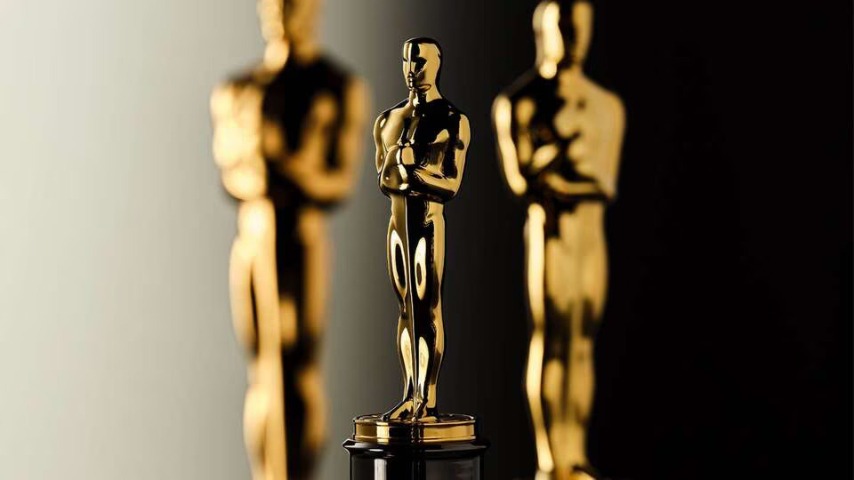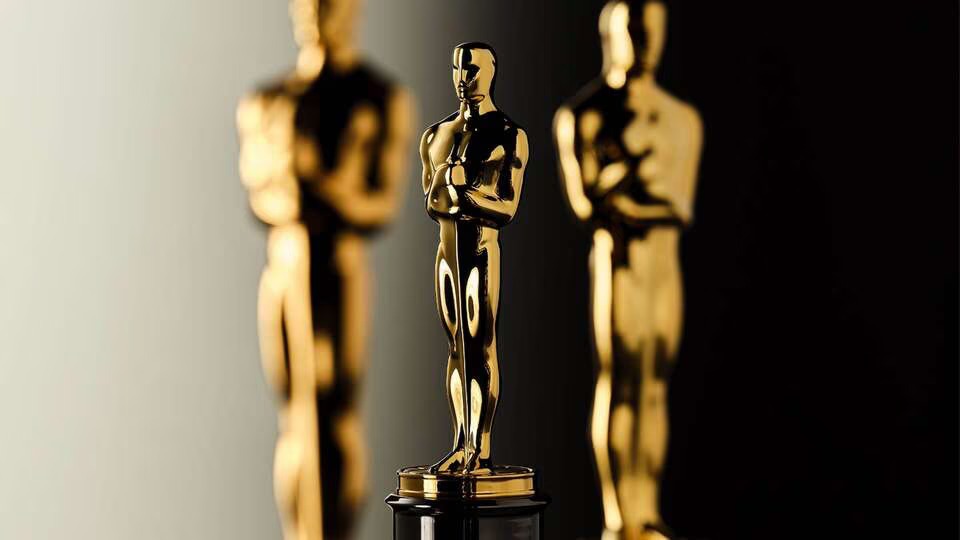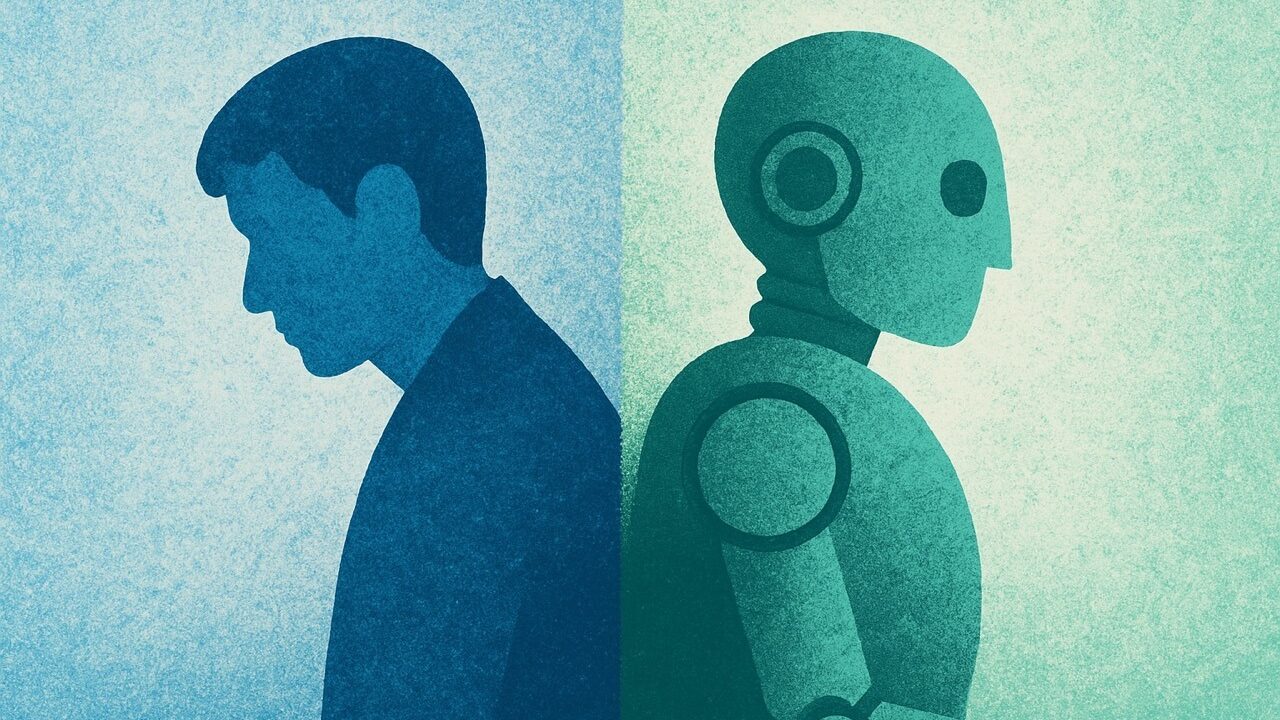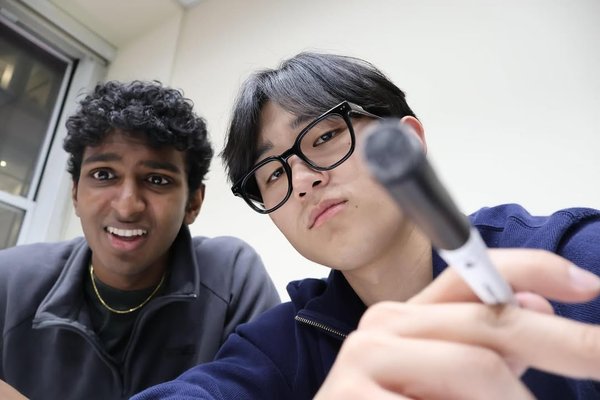AI Use in Film? Oscars May Require Mandatory Disclosure

Artificial Intelligence
3-minute read
With the Oscar nominations announced, AI technology in filmmaking has become a hot topic. One key example is The Brutalist, which used Respeecher to refine the lead actors' Hungarian pronunciation. This has put AI in the spotlight during awards season, particularly in discussions about AI in the Oscars and visual effects. Another major contender, Emilia Pérez, faced similar scrutiny—though its biggest controversy stemmed from the lead actress's racially insensitive remarks. Recognizing AI’s inevitable impact on the film industry, the Academy of Motion Picture Arts and Sciences is beginning to follow the Grammy Awards' lead in considering regulations for AI use in awards eligibility.

How many remember that 'Academy of Motion Picture Arts and Sciences' includes the word 'Sciences'?(Source: Oscars)
According to Variety, the Academy has introduced a checklist for AI use—possibly as a reference for studios and producers to disclose which AI technologies were implemented. Since technical awards (such as visual effects, makeup, and costume design) are judged by various guilds and branches within the Academy, they are currently investigating AI's role across these fields. The Academy plans to mandate AI usage disclosure in the 2026 Oscars rules, with related regulations expected to be announced in April 2025.
Are More Movies Using AI Than We Realize
The Academy's stance on AI leans toward regulation rather than an outright ban, likely because it has become an inevitable industry trend. Among this year's Best Picture nominees, in addition to The Brutalist and Emilia Pérez, other films such as A Complete Unknown, starring Timothée Chalamet, and Dune: Part Two also incorporated AI-driven technology.
A Complete Unknown utilized Revize, a machine learning-powered visual effects toolkit developed by Australia's Rising Sun Pictures, to enhance production efficiency and quality. It was specifically applied to three wide shots of Chalamet as Bob Dylan riding a motorcycle. Notably, the studio was quick to clarify that AI was not used on the actors—likely a precautionary move after the controversy surrounding The Brutalist.
Meanwhile, Dune: Part Two employed Nuke, a widely used visual effects compositing software, along with machine learning to create the iconic Fremen blue eyes in post-production. AI was used to automatically detect and adjust the blue hue of the actors' eyes, ensuring consistency and meeting the film’s visual requirements.

In Dune: Part Two, AI was used to quickly adjust the characters' blue eyes. (Source: Warner Bros. Pictures)
The Story Comes First
Looking at this year’s Oscar nominees for Best Visual Effects, AI’s presence is even more pronounced. Deadpool & Wolverine also utilized Revize, though details remain undisclosed, while Alien: Romulus previously faced controversy for its use of AI to recreate deceased actors. Additionally, the biopic Maria, starring Angelina Jolie, employed AI to isolate and integrate Maria Callas's 1960s vocals into the film’s soundtrack—a process reminiscent of The Beatles’ AI-assisted production of Now and Then. Clearly, when AI can significantly reduce post-production time, it becomes an indispensable tool in the industry.
In an interview with Variety, an anonymous member of the visual effects guild emphasized, “It’s important not to lose sight that this is about what supports the story.” They further noted that “it’s never been possible to get a great digital performance that wasn’t based on a human actor,” reinforcing the idea that AI cannot replace human creativity at the core of filmmaking. Ultimately, they stressed that “honoring what all the crafts do together is what the season is about. I think any person in any craft will say it’s collaboration. That’s always going to be the case.”
This sentiment encapsulates the ongoing dialogue between AI and cinematic artistry: AI’s role is not to replace creators but to enhance storytelling. With clear regulations and ethical safeguards, technological advancements could bring a new equilibrium and creative momentum to the industry.


